Gen Z challenge to sustain AUKUS submarine crews
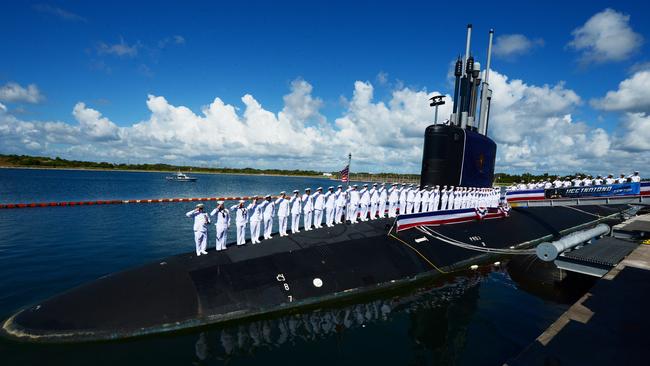
Fourteen years on, Anthony Albanese’s cleverly constructed AUKUS announcement keeps alive our dream of a regionally competitive underwater capability for the Australian navy. We’ve been patient but, ironically, the delay has opened up an opportunity we could not have imagined then: access to US nuclear technology and capability.
While hard-won, the government’s announcement was the relatively easy bit; now comes the hard work. High among the challenges will be crewing. In 2009 we wondered whether millennials would find the proposition sufficiently attractive. In a post-Covid environment, in which employment options are many and attitudes to work-life balance have changed, we find ourselves asking the same question of Generation Z.
The navy struggles to crew its six Collins-class submarines, each of which has a crew of 42. We are about to acquire Virginia-class submarines that require a crew of 135 each. The nature of the work also will drive a large submariner turnover. You don’t need a STEM-related degree (science, technology, engineering and mathematics) to understand the maths look challenging at best.
Given the plan to extend the life of the Collins subs, we are not going to be able to tap Collins submariners for the new fleet. In any case, operating the Virginia and AUKUS-class submarines requires a new set of skills. Submariners don’t come cheap. Given the size of the financial incentives we’ll need, crewing our new fleet is going to get expensive very quickly.
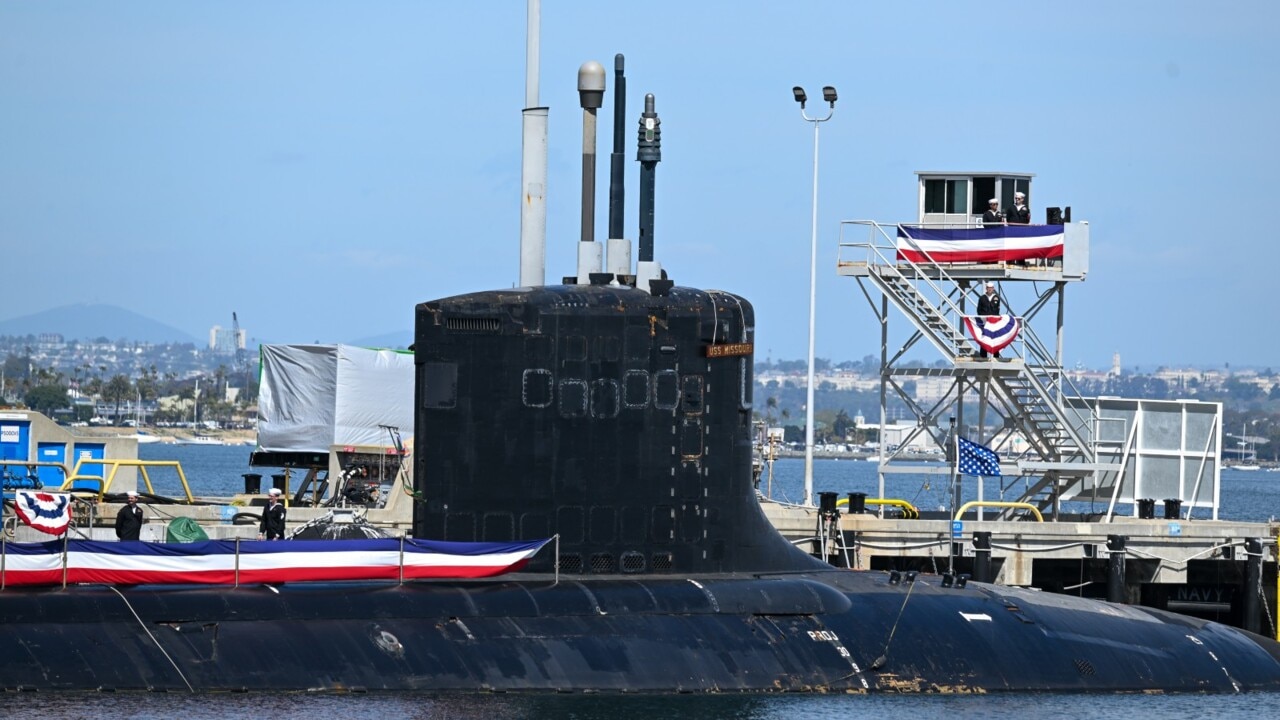
The agreement between the federal and South Australian governments is a welcome move to develop a workforce with the STEM skills required to deliver the fleet. Along with the announcement of more skills programs, this is an important first step towards what will need to be a nationwide effort to lift our STEM skills.
New tertiary courses in nuclear science at the Australian National University and in nuclear engineering at the University of NSW provide hope these new partnerships will deliver a workforce capable of sustaining nuclear-powered submarines and the requisite supporting infrastructure.
Constructing a fleet of nuclear-powered vessels will be a long process. There are a host of other areas that will require significant government attention and dollars if the submarines are to reach their full potential. Sustainment will be complex. The navy will likely find itself operating or acquiring three classes of submarines. Sustaining one class can be a challenge; managing three at once will require meticulous planning.
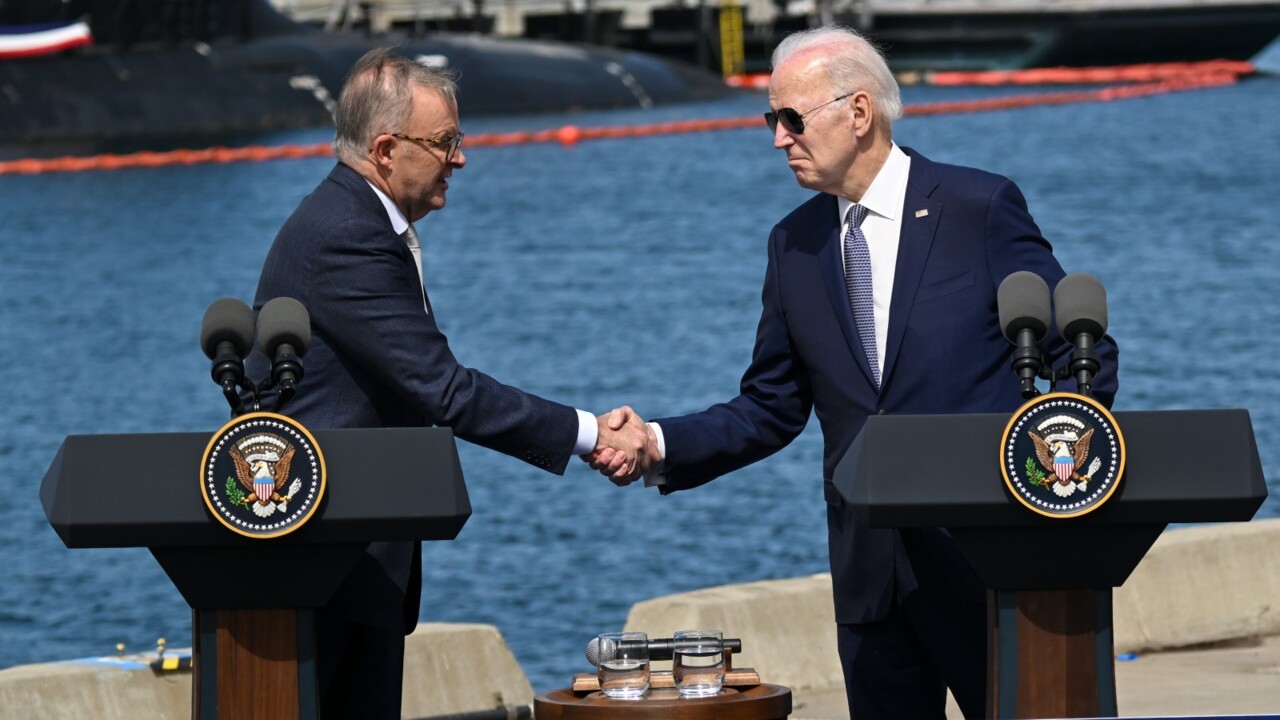
Once the boats are operational, they will need to be armed (unless, as one Chinese diplomat is reported to have asked, the new submarines are merely for “sightseeing”).
Our Guided Weapons and Explosive Ordnance Enterprise is a worthy endeavour but has produced zero armaments. That the US government has agreed to sell Australia more than 200 Tomahawk cruise missiles is a welcome step. But the long-term work will be driven by the need to push forward GWEOE’s remit to improve the supply surety, availability and reliability of our munitions.
Tomahawks are complex weapons that require specialised storage facilities, detailed targeting data and ongoing sustainment.
The Prime Minister and Defence Minister Richard Marles have done a terrific job pulling together the various threads that should deliver the undersea capability our strategic outlook demands. But they’ll need to be clear-eyed about the challenges ahead of us. The government will need to push Defence to accelerate the way we acquire complex equipment, so that our fleet has the full capability it needs, when it needs it.
On this front, the record is not a great one. Let’s hope our united ambition and our determination to develop a defence capability worthy of our island nation changes that – as it must.
Joel Fitzgibbon served as Labor’s defence minister, 2007-09.
More Coverage
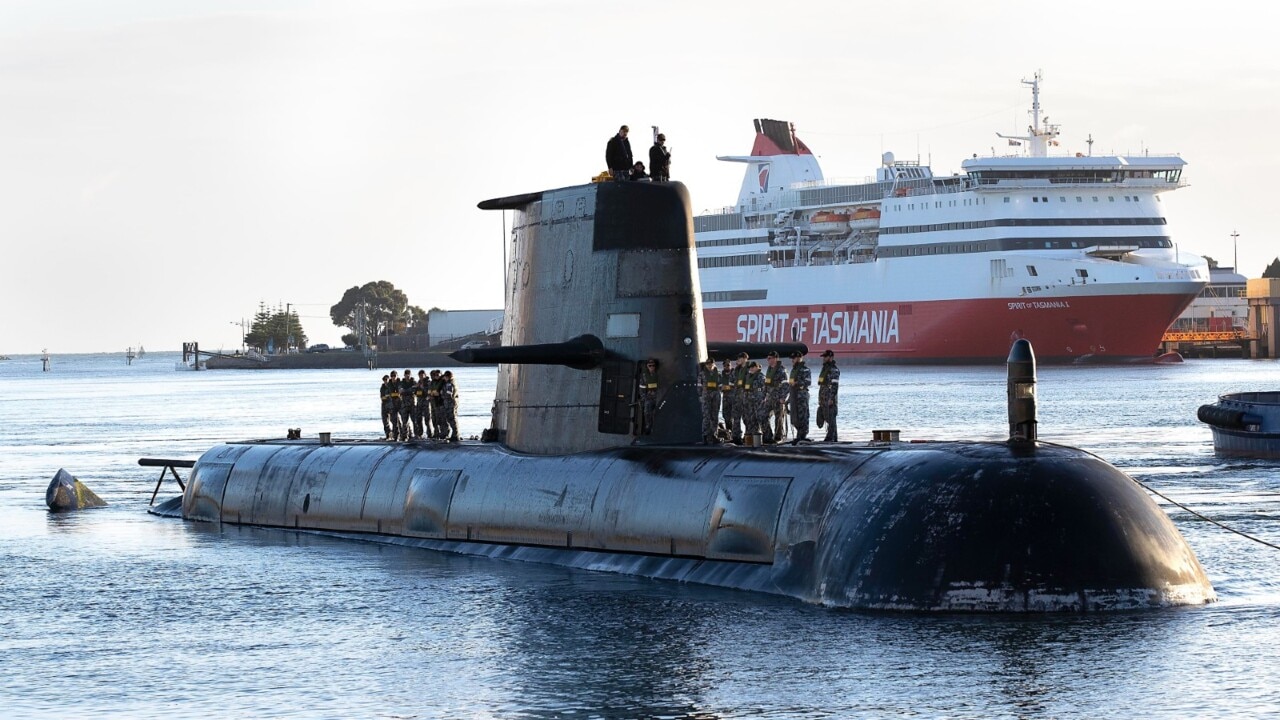



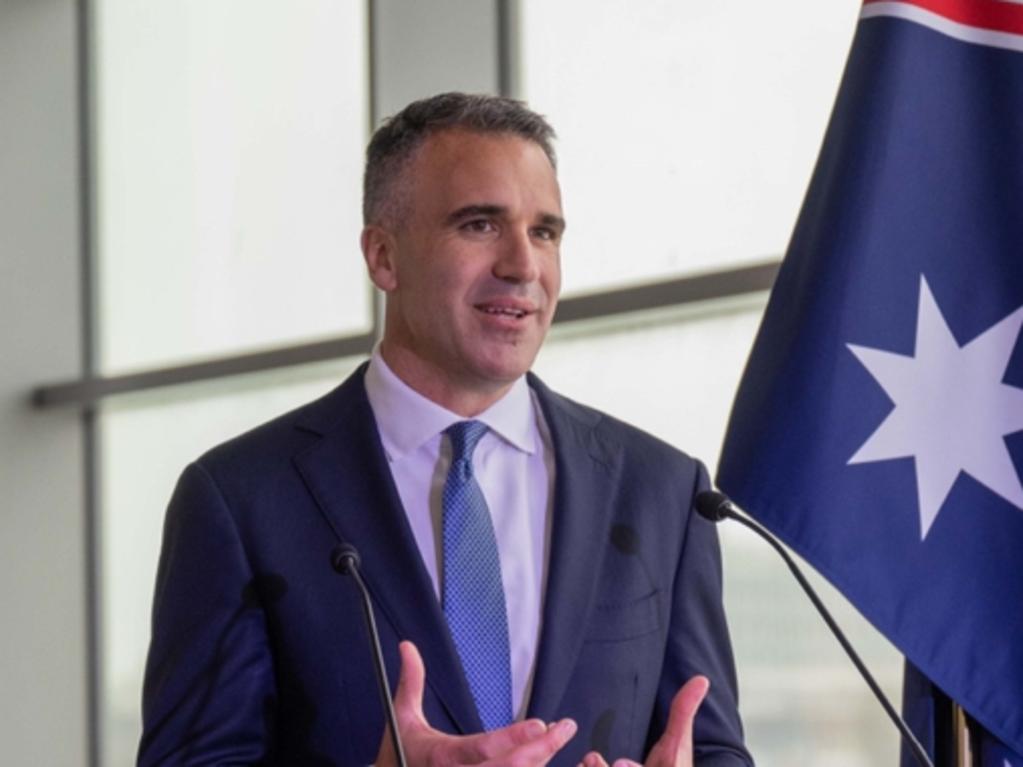
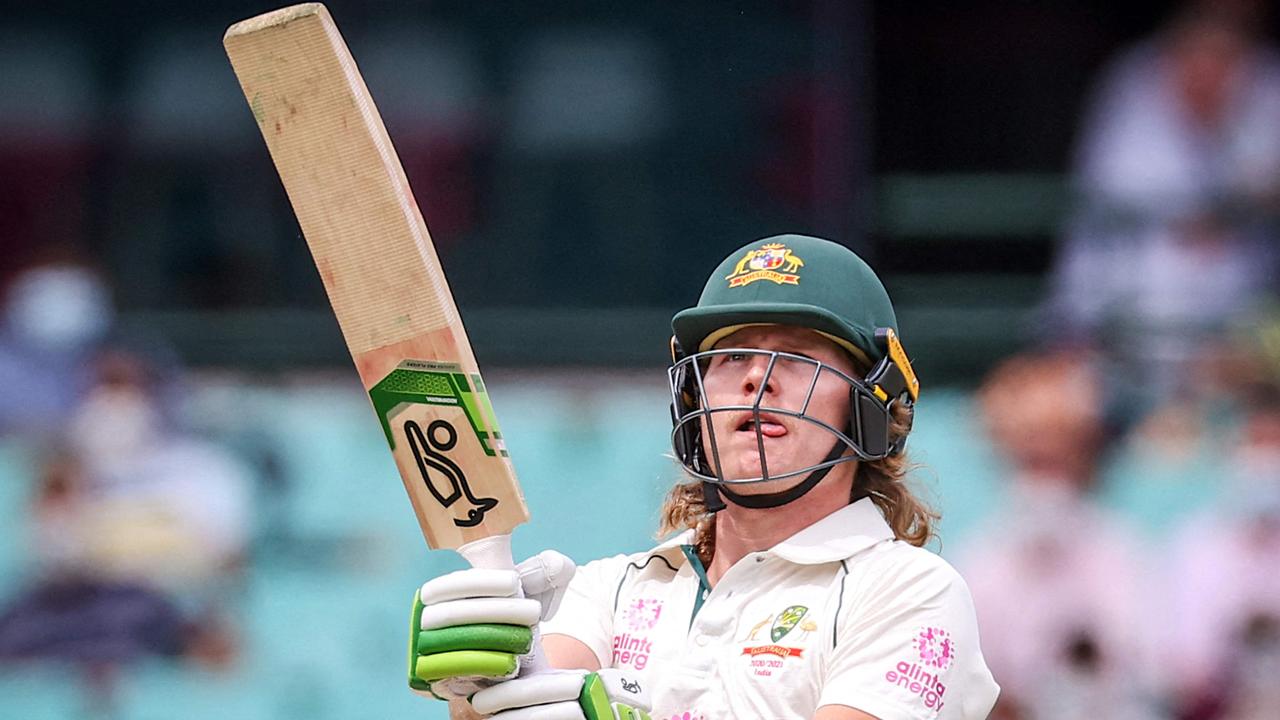

On the completion of the arduous and lengthy 2009 defence white paper process, one important decision remained: the design of the front cover. I wanted something that reflected the hi-tech nature of a complex, modern defence force. Kevin Rudd wanted submarines, depicting the paper’s central theme. He was right, of course!